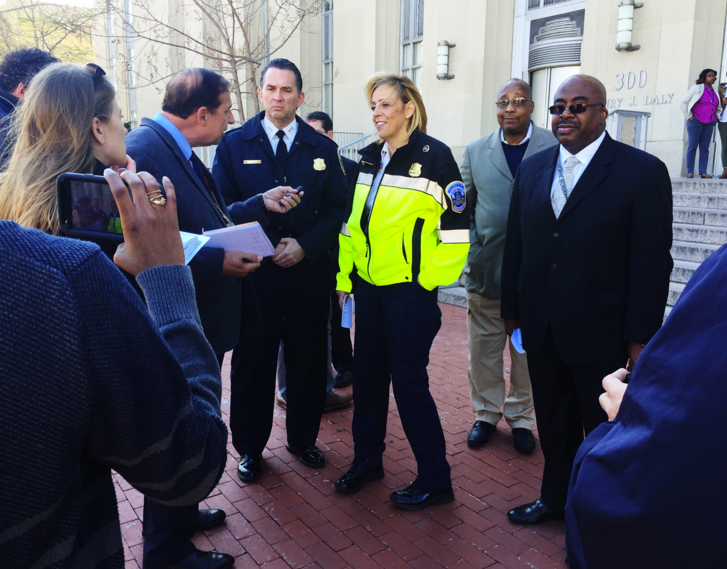By Hayley Sanchez
If thinking about how the Presidential Election actually works, and trying to understand it physically makes your brain hurt – think no further.
The Downtowner has the breakdown for all you need to know during a Presidential Election year.
What is an electoral college?
What is an electoral college?
The number of electoral votes given to each state stems from the number of representatives the state has in the House of Representatives, combined with the two senate seats.
The members of each state’s House of Representatives delegation is proportional to the population of each state, whereas the number of senators always stays at two.
For example, Colorado has two members in the Senate and seven members in the House of Representatives, so Colorado has nine electoral votes total.
California receives 55 electoral votes – the most in the U.S., since they have two senate members and 53 members in the House of Representatives.
So, how are D.C. voters counted if it’s not a state?
Until the 23rd amendment passed in 1961, D.C. residents could not vote for the president. After the amendment passed and for the purposes of the presidential election, D.C. was then considered a state and receives just three electoral votes total. The first president elected when D.C. votes were included was Lyndon B. Johnson in 1964.
Until the 23rd amendment passed in 1961, D.C. residents could not vote for the president. After the amendment passed and for the purposes of the presidential election, D.C. was then considered a state and receives just three electoral votes total. The first president elected when D.C. votes were included was Lyndon B. Johnson in 1964.
D.C. does not have any representatives in Congress or the House of Representatives, so they send a delegate instead.
In order for a candidate to be elected, they must get 270 electoral votes out of the 538 total throughout the United States.
If no candidate wins the majority of electoral votes then the vote is passed to the House of Representatives, where each state receives one vote. That’s right – each state. So, the District of Columbia would not get a vote in a situation like this.
Has this ever happened before in U.S. voting history?
No, because an election has never been sent to the House of Representatives before. So, in all honesty, who really knows what would happen?
What is the Difference Between a Primary and a Caucus?
Each state decides if they want to have a caucus or a primary before the general election.
A caucus usually takes place at an auditorium and is a congregation of like-minded individuals. Democrats will all get together somewhere and Republicans will all meet somewhere else to support their respective candidates.
Don’t forget – Democratic and Republican caucuses are different.
At a Republican caucus, a representative from each candidate will give a speech and voters will make a selection privately in a ballot afterwards. The total number of votes are tallied and a decision is made.
At a Democratic caucus, a representative for each candidate will arrive and voters who support that candidate will go to that candidates designated area of the room. Supporters continue to move around the room and whichever candidate has the most in their area wins. A Democratic caucus can take much longer than a Republican one. If a Democratic candidate has less than 15% of voters total in the caucus, then those voters must either leave the caucus or choose another candidate to support.
A caucus is generally controlled by specific parties (Democratic/Republican) instead of the general public.
Primary elections are different from caucuses and have private ballots. There are closed primaries and open ones.
Voters who are registered for a specific party (Democratic or Republican) are the only ones who can vote in a closed primary.
Independents are able to vote in open primaries.
But what is a jungle primary?
Jungle primaries are when all possible candidates, regardless of party affiliation, run against each other at once. The candidates with the most votes and the runner-up will move on to be voted on in the general election.
Where does D.C. stand in all of this?
D.C. has a closed primary where only voters registered with a party can vote.
stromectol 3 mgStromectol 3 mg tablets Let’s Keep Breakin’ It Down
There are two election seasons during an election year. Let’s refer to them as “Nominating” season and “General Election” season.
There are two election seasons during an election year. Let’s refer to them as “Nominating” season and “General Election” season.
Nominating season takes place during the first half of an election year. Anything after July is considered General Election season.
Nominating season is usually controlled by the Democratic Party and the Republican Party.
General election season is controlled by the general public. Many more people participate in the general election than nominating season.






